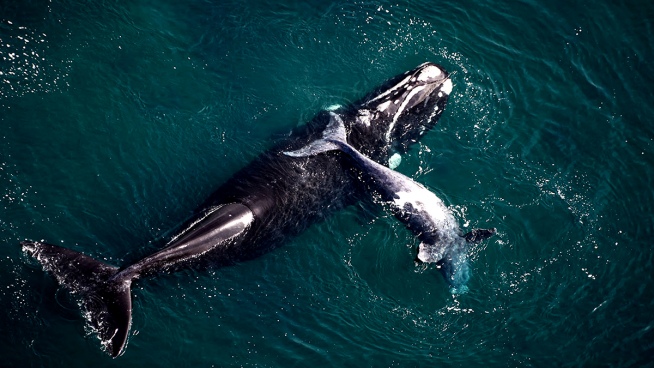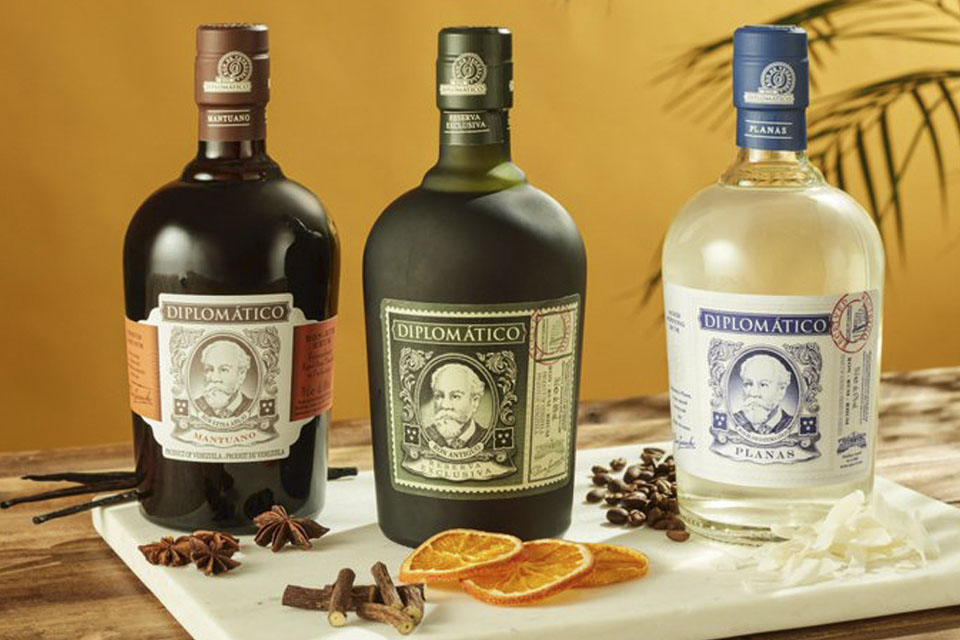The units of toxins in the Nuevo Gulf “went down a lot” with which there is expectation that the natural phenomenon known as the red tide, which is supposed to have caused the death of at least 15 specimens of southern right whales in the interior of Península Valdés, northwest of Chubut, provincial sources reported this Thursday.
“Yesterday the toxin units for the Nuevo Gulf dropped a lot, from 18,000 to 2,700 mouse units, with which there is expectation that it is coming to an end” the phenomenon that caused the death of “at least 14 cetaceans that were stranded, while the situation of other individuals left in the water remains to be confirmed,” informed Télam on Thursday Fernando Bersano, director of Flora and Fauna Silvestre from the province of Chubut.
This Thursday they sent the samples of specimens of dead whales to the laboratory of the National Institute for Fisheries Research and Development (Inidep) in Mar del Platawhich will give the possibility of “correlating tissue samples with water samples, to define if the cause of death is the phytoxins” of the so-called red tide, added the provincial official.
Bersano indicated that this is a common phenomenon for the Nuevo Gulf: “The degree of toxicity cannot be prevented or predicted or how long it will last, it is a cycle, and now we hope it will end.”
INIDEP researchers work to determine if the massive death of right whales is associated with a red tide https://t.co/32sxBk20x6 pic.twitter.com/HejuqhHx7L
— INIDEP (@INIDEPMdq) October 5, 2022
The Chubut official specified that the ban on the consumption of molluscs and snails for humans is established when the toxins exceed 400 mouse units, while the measurements that coincided with the mortality of whales gave 18,000, and it must be considered that each specimen usually eats between two or three tons of crustaceans.
The provincial official added that to find a mortality of whales of this amount, one must go back to 2007, when 20 dead southern right whales were counted.
Bersano also conveyed “tranquility to the population, because in many places it was reported that this phenomenon of toxicity is throughout the Nuevo Gulf, but this is not the case, no activity was suspended and there is 100 percent occupancy. The important thing is that people comply with prevention measures”.
In this sense, the Government of Chubut urged people to “do not extract or eat bivalve molluscs from the prohibited areas”, since cooking them “does not eliminate the toxin” and consumption “can be lethal”.
The species that should be avoided are snails, scallops, mussels, mussels, white clams and panopeas, according to information released by the province.
At least 15 southern right whales (Eubalaena australis), as confirmed by Télam Bersano on Thursday, were found dead in the last ten days in the Nuevo Gulf, while specialists investigate whether the cause of this situation is due to the presence of toxins from the so-called red tide.
Report
The first report from the Whale Conservation Institute (ICB) recorded 15 dead whales.
According to the ICB, “the team continues to work to correctly account for the reports they send us as there are individuals floating around who require confirmation of age and sex.”
The red tide It is a phenomenon that occurs naturally, caused by the bloom of unicellular algae (FAN) – dinoflagellates, constituents of phytoplankton – that contain toxins and are part of the bivalve molluscs’ diet.
The main hypothesis is that there is an unusual presence of toxins from the so-called red tide in the waters of the San José and Nuevo gulfs, which are located to the north and south of the peninsula.
Researchers from the National Institute for Fisheries Research and Development (Inidep) began to analyze samples of the specimens found to determine if the death of the right whales is associated with the red tide.
The Secretary of Agriculture, Livestock and Fisheries of the Nation on which INIDEP depends, specified that members of the Marine Chemistry and Red Tide Program, and the Puerto Madryn Delegation of the organism, “work in that city to carry out tasks of processing tissue samples from the southern right whale, as well as from other organisms recently killed on the coast of the Valdés Peninsula, with the aim of evaluating the incidence of an important event detected in Paralyzing Toxins of Molluscs”.
The work team is made up of INIDEP researchers Nora Montoya, Belén Matera Coy, Macarena Albornoz, and Glenda Spanjersberg, with the cooperation of Marcela Uhart, co-director of the Southern Right Whale Health Monitoring Program, and staff and facilities from the Ibiomar and Cesimar del Conicet, at the National Patagonian Center.
According to the researchers, mortality could be associated with “biotoxins originating from harmful algal blooms (red tides) as a very high concentration of paralyzing mollusk toxin in mussels was detected in the area, possibly caused by a massive toxic algal bloom of the species Alexandrium catenella”.
In the Inidep the studies by the HPLC method (high performance liquid chromatography)which allows “identifying and quantifying the toxins involved, as it is the only laboratory specialized in this subject in the country”.
In 2015, 337 whales were found dead in the fjords of the Gulf of Tres Montes, in Chilean Patagonia, due to a red tide explosion associated with water pollution and climate change.
This mortality was discovered by the director of the Huinay Scientific Center, Vreni Häussermann, when she was on a diving expedition.
















